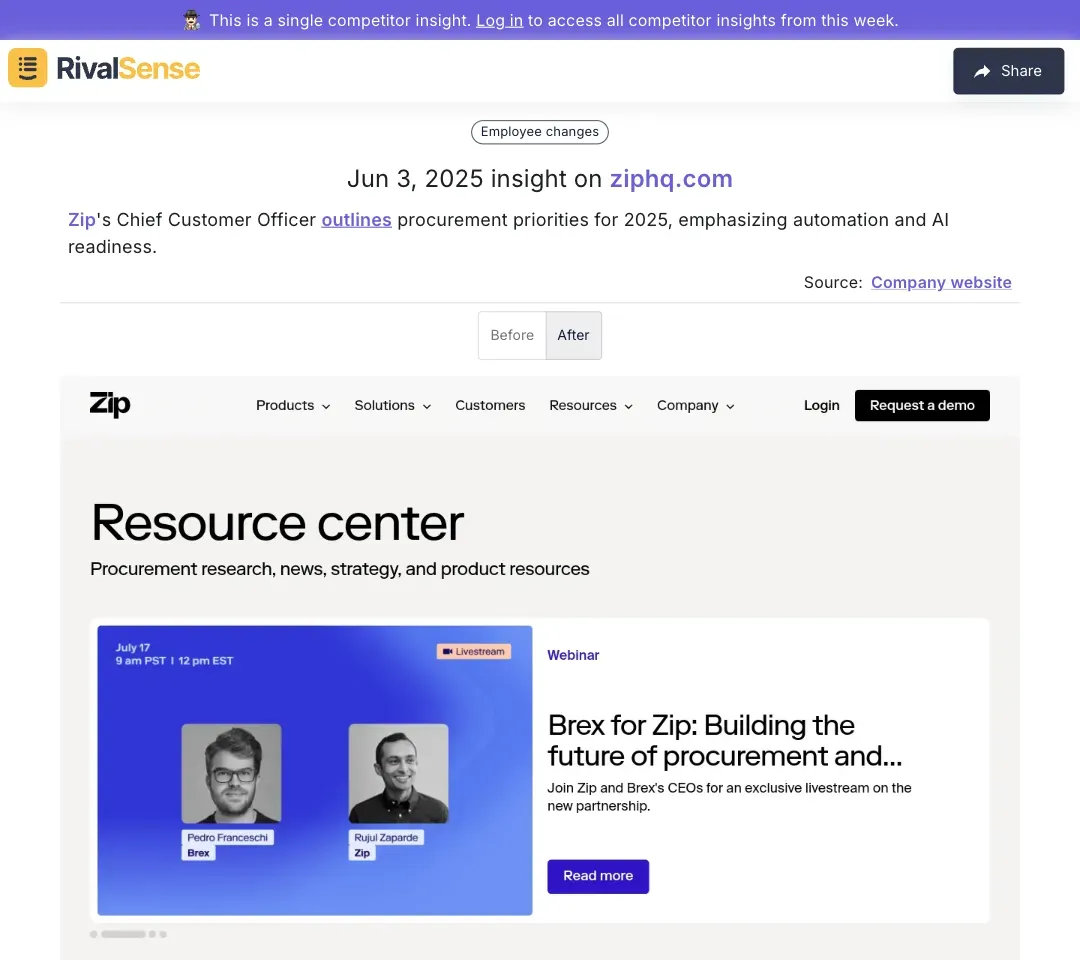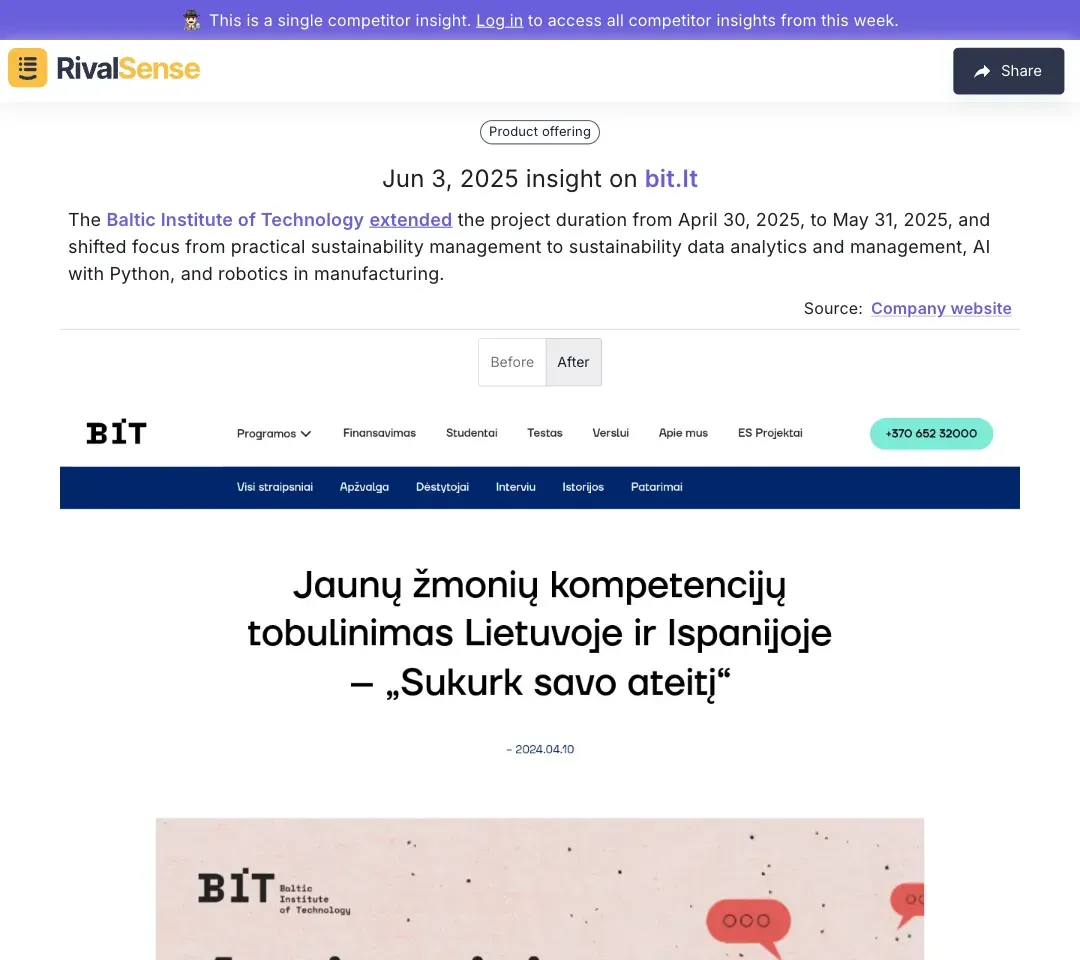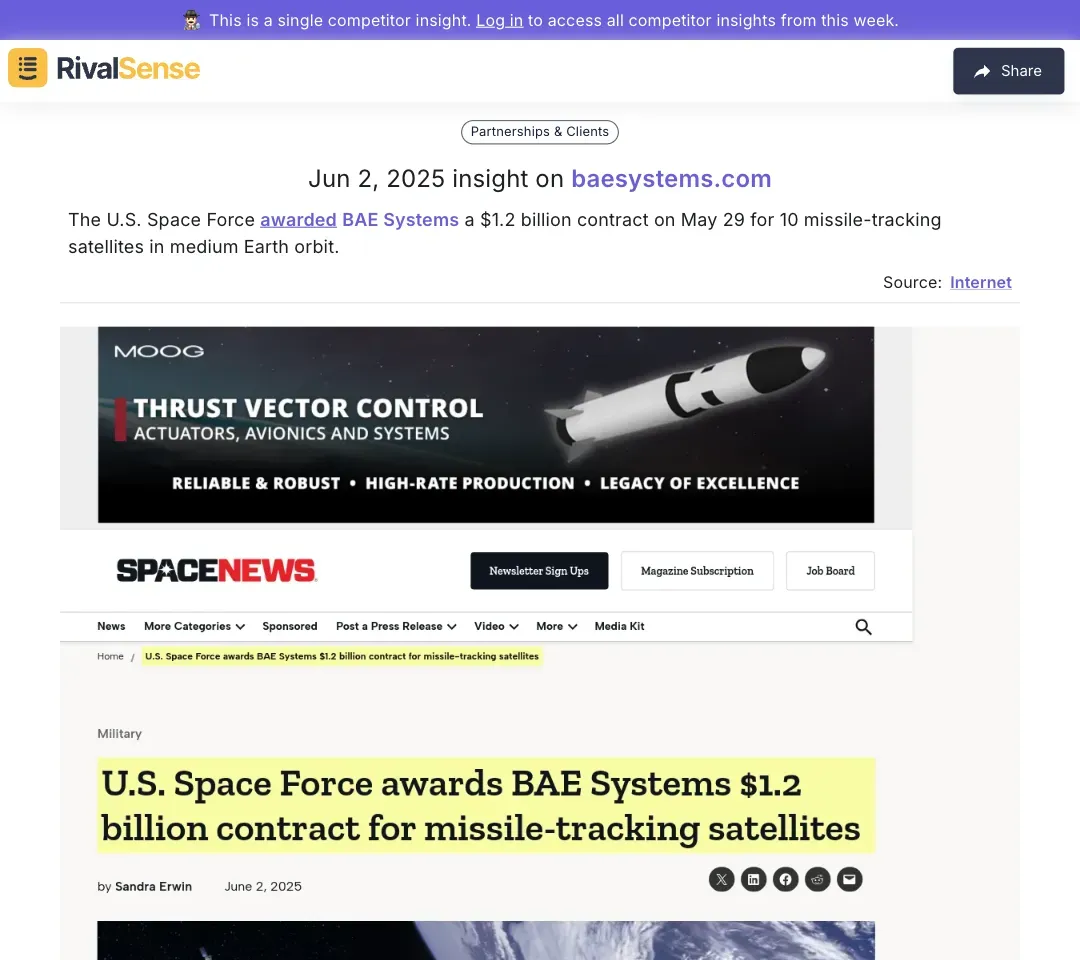Competitor Community Building Analysis: Uncover Gaps and Opportunities for Your Business
In today's fast-paced business environment, understanding competitors' community-building strategies is essential for maintaining competitive advantage. A thorough competitor community building analysis reveals gaps in your strategy, uncovers engagement opportunities, and helps position your brand more effectively. Here's how to conduct a comprehensive analysis with practical steps to guide your approach.
Why Analyze Competitor Community Building?
Community building drives brand loyalty, engagement, and product innovation. By examining competitors' community strategies, you gain actionable intelligence for refining your own initiatives. Key benefits include:
- Learning from successes/failures: Discover what resonates with their audience
- Identifying untapped opportunities: Find engagement gaps you can fill
- Refining your strategy: Adapt proven tactics to your brand
Step-by-Step Guide to Competitor Community Building Analysis
1. Identify Your Competitors
Begin by listing direct competitors targeting similar audiences. Comprehensive identification ensures you monitor relevant players influencing your market space. Use tools like RivalSense to track activities across 80+ sources including social media and registries for complete coverage.
Tip: Focus on 3-5 competitors initially to maintain focus
2. Analyze Their Community Platforms
Different platforms serve distinct community-building purposes. Evaluate where competitors engage most effectively to understand their channel strategy. Key platforms include:
- Social Media: Facebook groups, LinkedIn communities, Twitter chats
- Forums/Discussion Boards: Niche platforms like Reddit or specialized forums
- Owned Communities: Private Slack groups or branded forums
Checklist:
- Map all platforms used
- Note interaction frequency and types
- Identify top contributors
3. Evaluate Engagement Strategies
Engagement quality determines community vitality. Examine how competitors spark conversations and maintain participation to identify transferable tactics. Effective approaches often include:
- Content Sharing: Discussion-sparking posts/videos
- Events/Webinars: Live connection opportunities
- User-Generated Content: Customer experience showcases
Example: If competitors host weekly LinkedIn AMAs, consider adapting this high-engagement format
4. Assess Community Sentiment
Sentiment analysis reveals emotional connections to competitors. Understanding these perceptions helps identify strengths to emulate and weaknesses to exploit. Focus on:
- Positive Feedback: Recurring praise themes
- Complaints: Systematic pain points
Tip: Use AI tools to quantify sentiment trends over time
5. Identify Gaps and Opportunities
Comparative analysis highlights strategic advantages. Systematically contrast findings with your efforts to uncover high-impact improvements. Key questions:
- Which platforms are competitors underutilizing?
- What audience segments are they neglecting?
- Which engagement tactics could you enhance?
Practical Advice: Conduct SWOT analysis to visualize competitive positioning
6. Leverage Tools for Ongoing Monitoring
Community strategies evolve constantly. Automated tracking ensures you capture real-time shifts without manual effort. Regular updates enable rapid adaptation to competitor moves.
Why It Matters: Weekly monitoring identifies trends before they impact your market position
Real-World Insights: Connecting Competitor Moves to Community Strategy
Competitor activities beyond direct community efforts often signal upcoming community-building shifts. These RivalSense insights demonstrate how broader intelligence informs strategy:
Executive Priorities Shape Community Focus

Zip's Chief Customer Officer emphasized 2025 priorities around automation and AI readiness.
Strategic Value: Executive statements often precede community initiatives around new focus areas, allowing you to preemptively develop counter-content.
Project Shifts Reveal Emerging Interests

The Baltic Institute of Technology extended their project and pivoted to sustainability analytics and AI.
Strategic Value: Research direction changes frequently lead to new community-building efforts in those domains, signaling where to develop your expertise.
Major Contracts Indicate Community Expansion

BAE Systems secured a $1.2B U.S. Space Force contract for satellite development.
Strategic Value: Large contracts typically trigger recruitment-focused community activities, alerting you to anticipate talent competition.
Final Thoughts
Competitor community analysis requires continuous attention, not periodic reviews. By systematically evaluating engagement patterns and strategic shifts, you can consistently refine your approach to build stronger brand communities.
Call to Action: Ready to transform your competitor insights? Try RivalSense for free and get your first competitor report today! Automatically track product launches, pricing changes, leadership moves, and community signals across 80+ sources with weekly digest emails.
📚 Read more
👉 Competitor Funding Analysis Cheat Sheet for Financial Services Leaders
👉 How Citadel's COO Appointment Sparked Rival Strategy Shifts
👉 Facebook Competitor Insights: Measure Your Competitive Edge
👉 Beginner’s Guide to Competitive Threat Assessment in Fintech
